|
|
|
|
HOME
|
US Navy -
ships
|
US Navy - air
units
|
USMC - air
units
|
International
Navies
|
Weapon Systems
|
Special Reports |
|
|
|
|
|
|
|
Royal Navy - Guided Missile FrigateF 87 HMS Chatham |
|
|
|
|
|
sorry, no insignia |
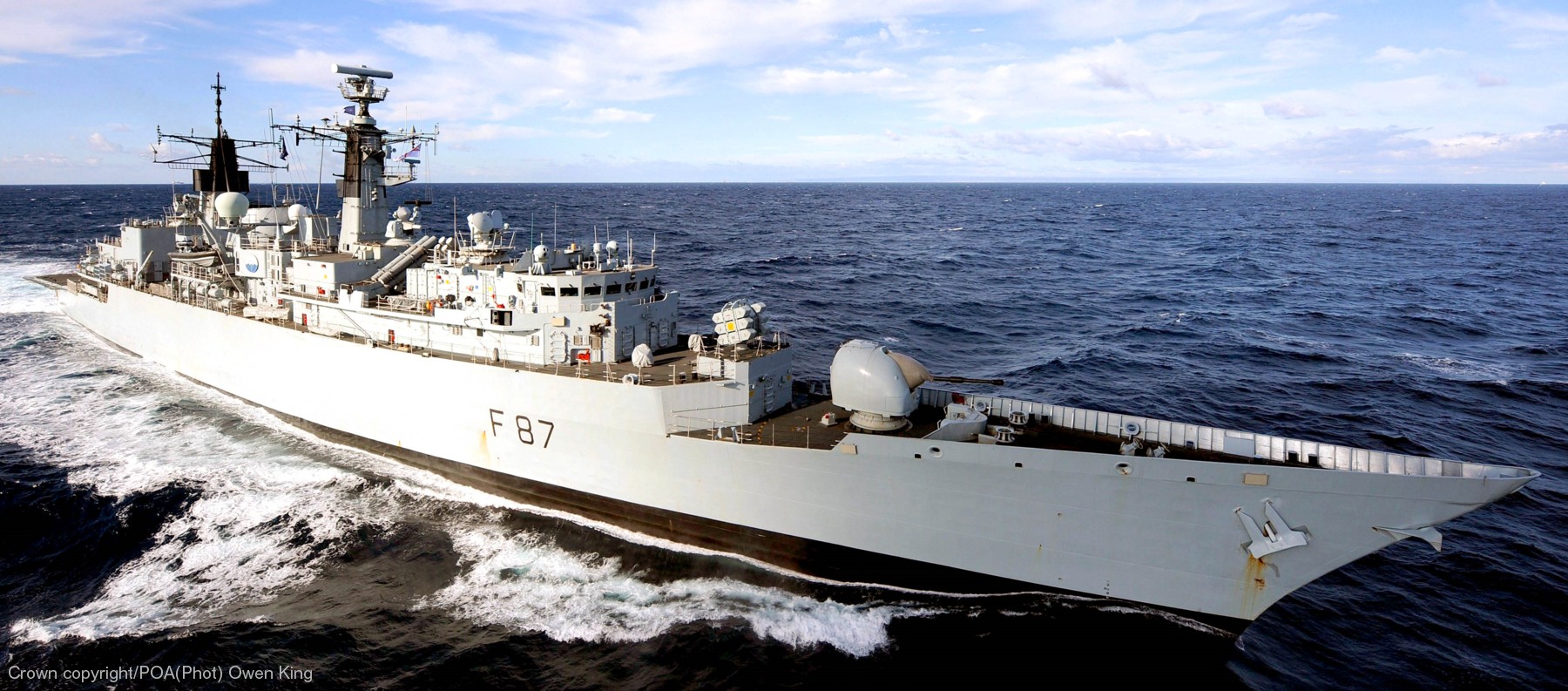 |
|
|
|
|
Type,
class: Guided Missile Frigate; Type 22 / Broadsword class
- Batch 3 Builder: Swan Hunter shipbuilding, Wallsend, U.K. STATUS: Awarded: January 28, 1985 Laid down: May 12, 1986 Launched: January 20, 1988 Commissioned: May 4, 1990 Decommissioned: February 9, 2011 Fate: sold for scrap / scrapped in Turkey Homeport: - Namesake: - Ships Motto: SURGE ET VINCE (up and at'em) Technical Data: see INFO > Broadsword / Type 22 class Guided Missile Frigate |
|
|
|
|
ship images |
|
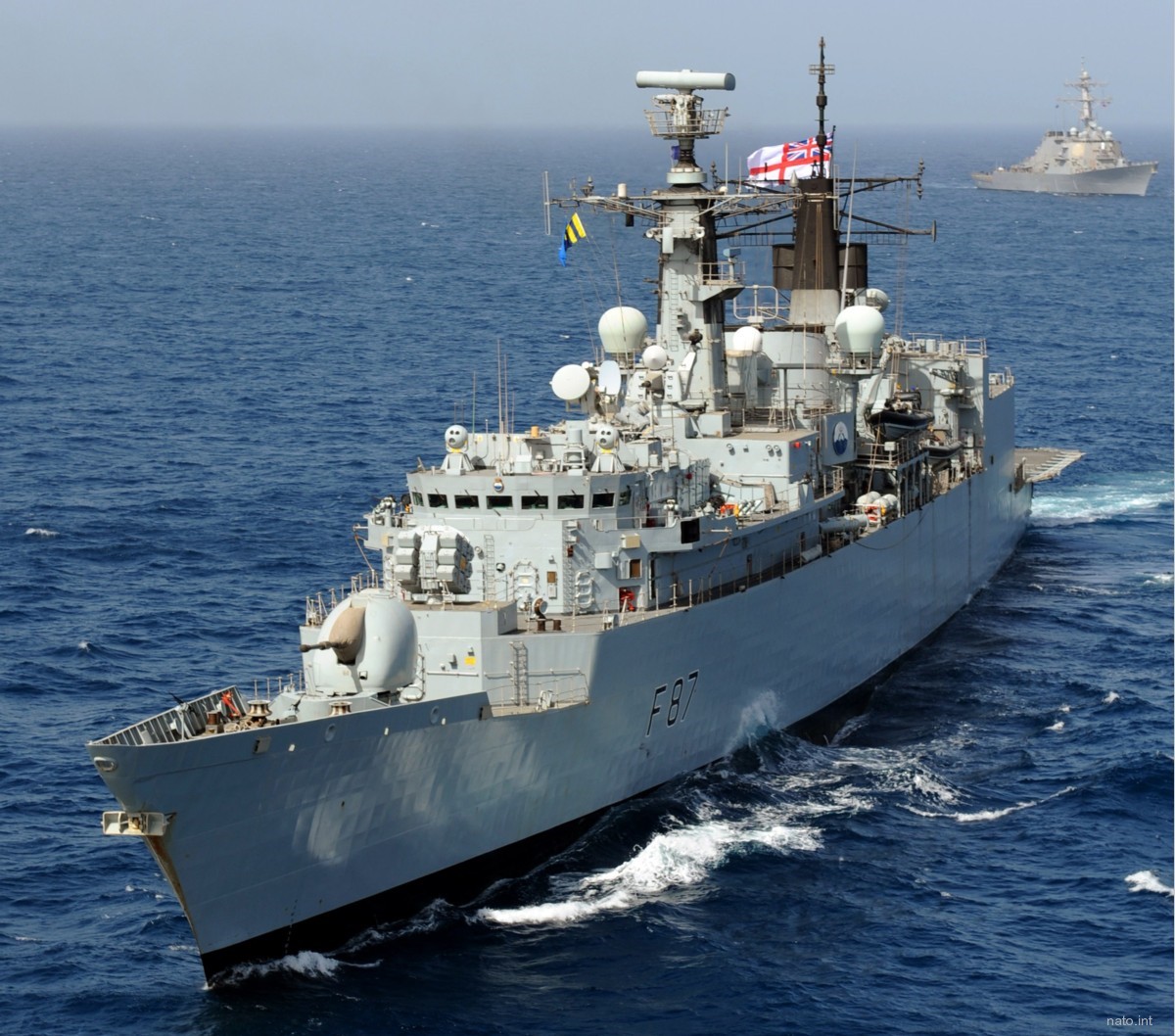 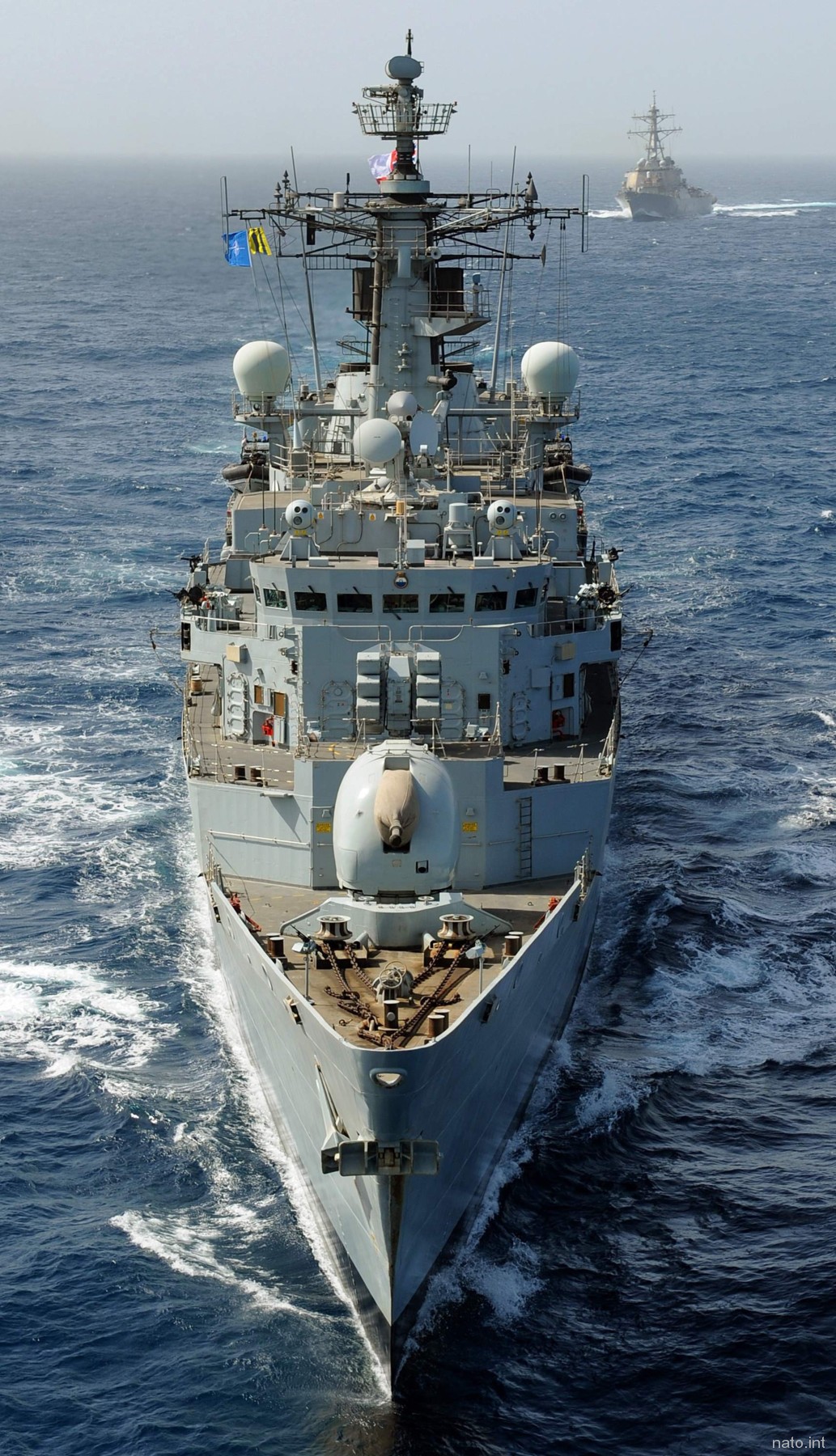 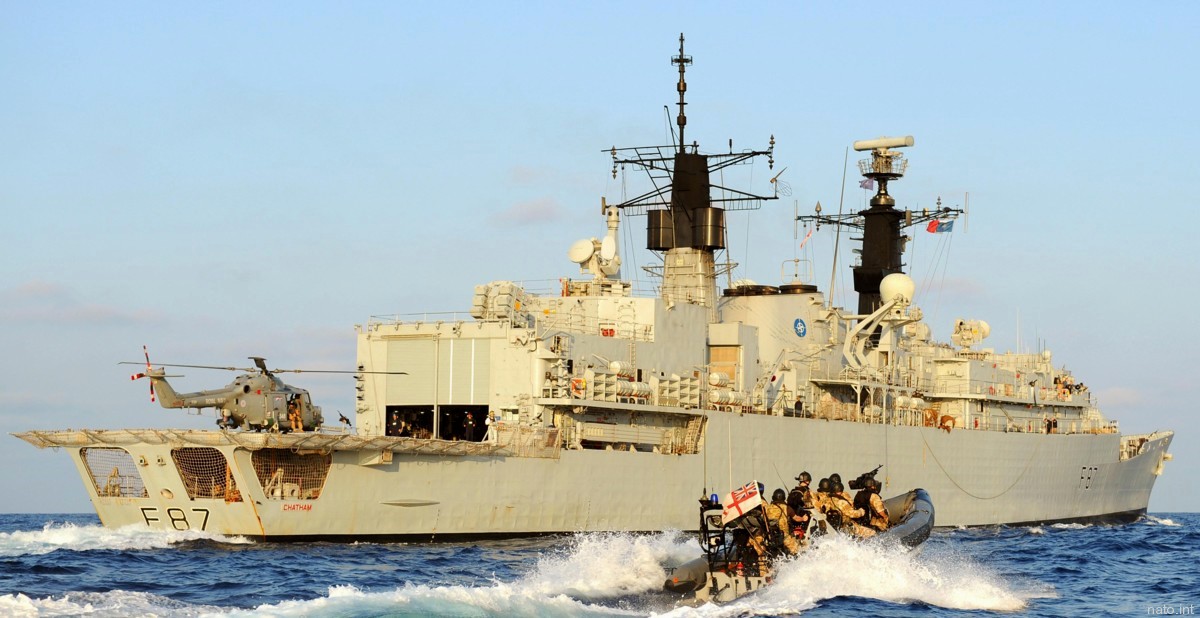 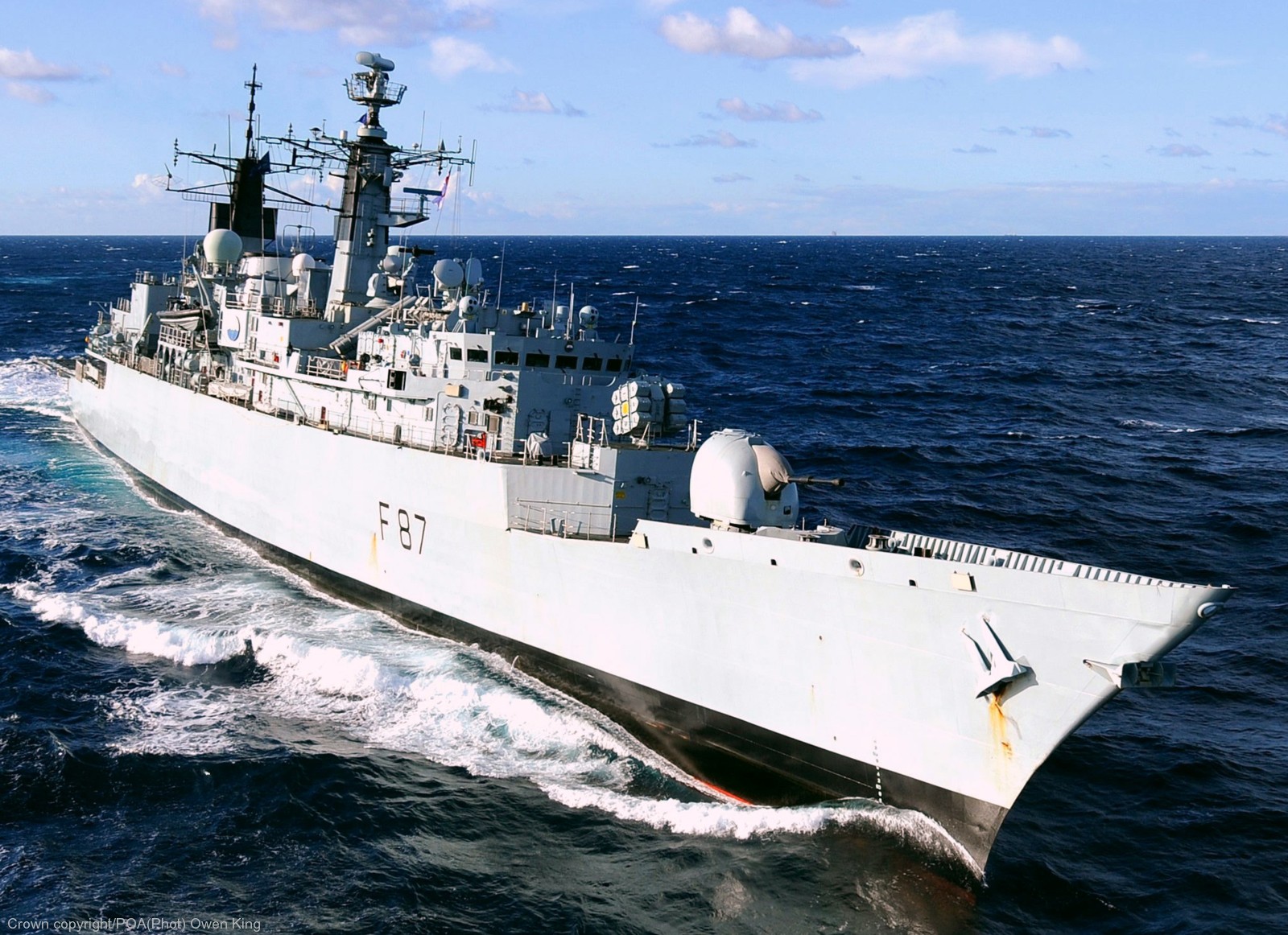  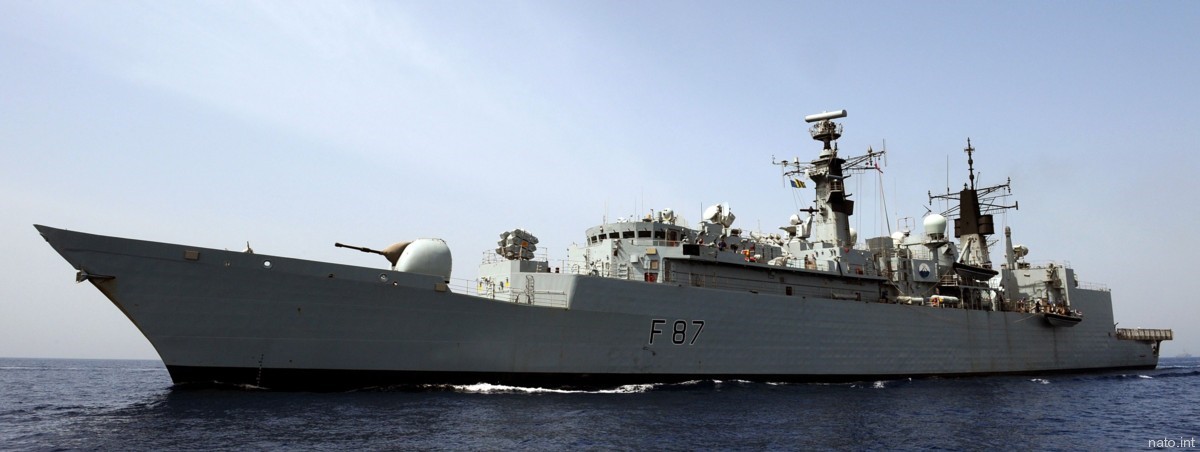 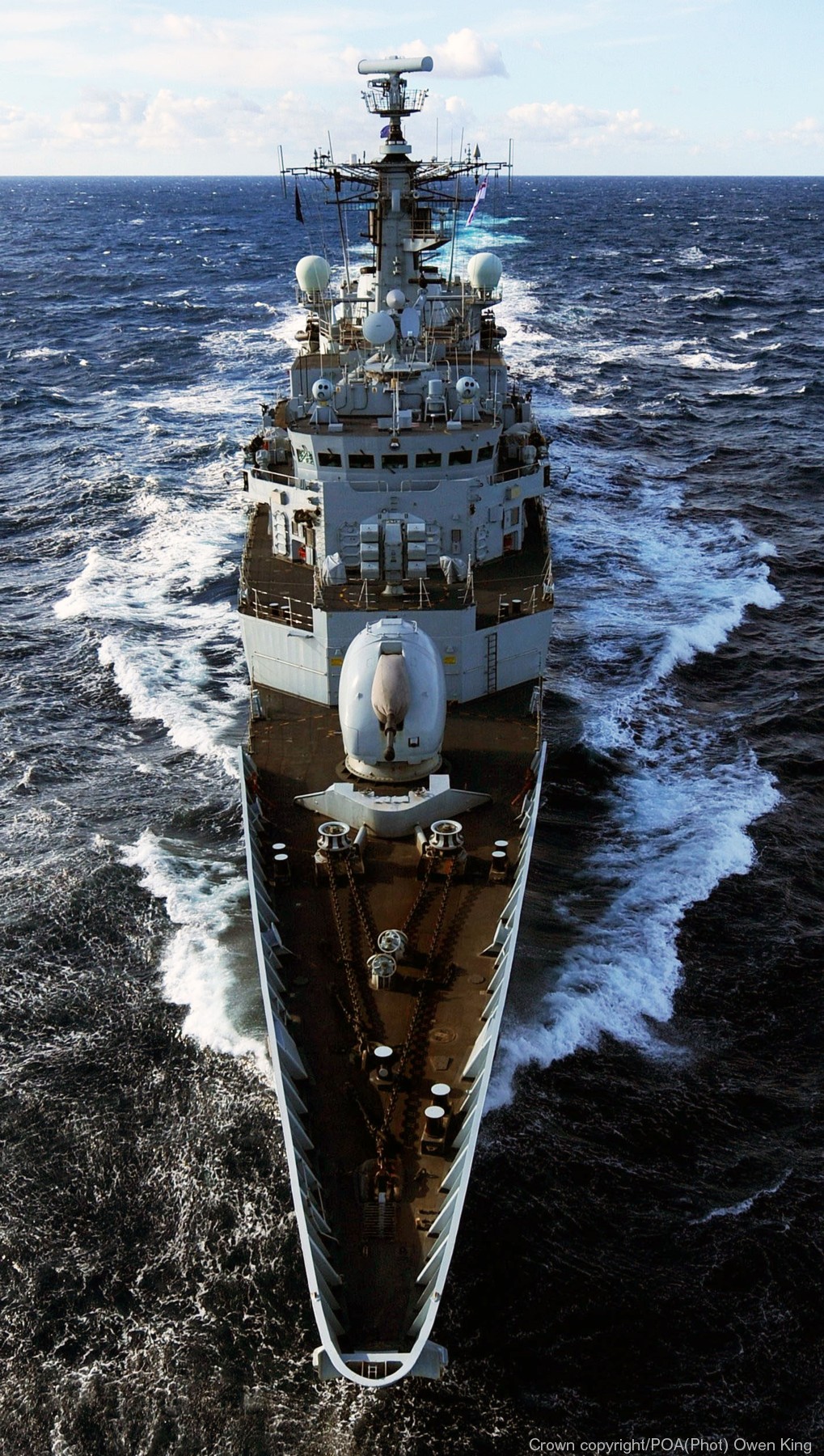 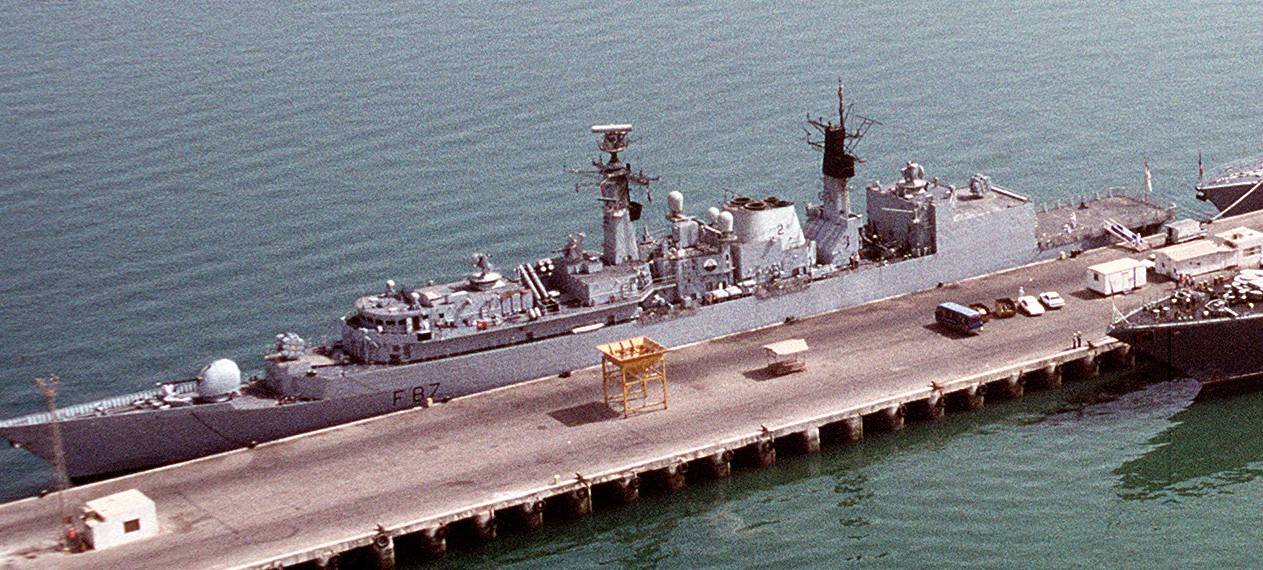 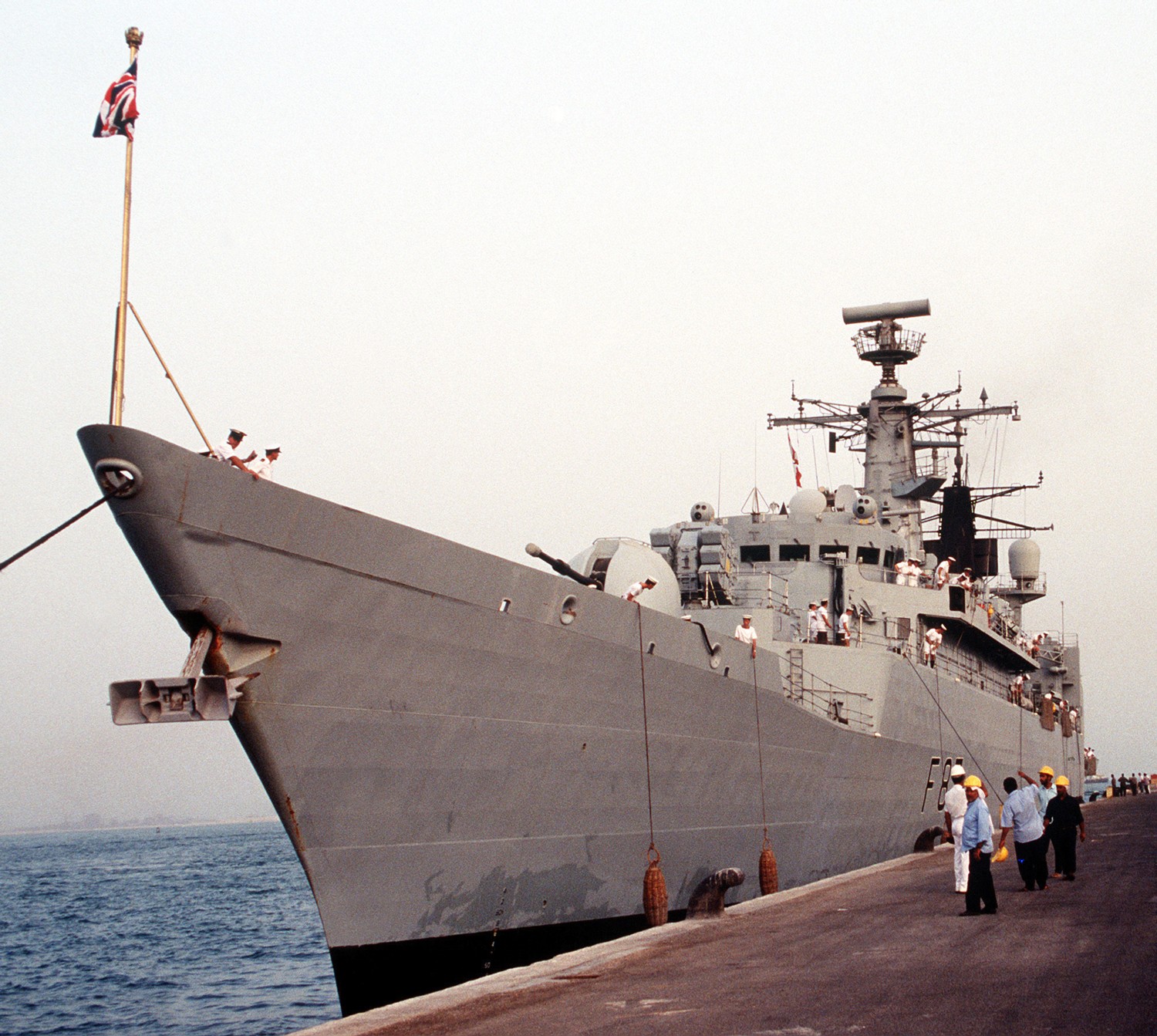 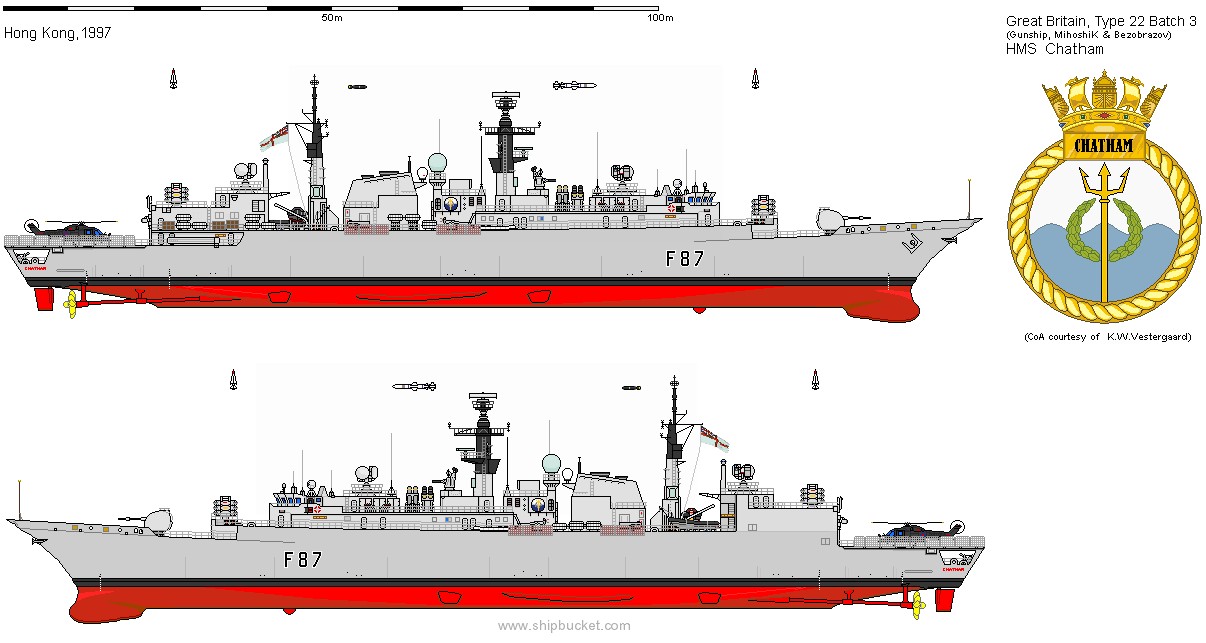 |
|
|
|
|
|
HMS Chatham was
a Batch 3 Type 22 frigate of the British Royal Navy. She has the
rare honour of a motto in English; Up and at 'em, being the rallying
cry of the Medway town football and rugby teams. The motto has
subsequently been translated back into Latin as Surge et vince. She
was decommissioned on 9 February 2011.
History:
Chatham joined
Operation Sharp Guard to enforce the embargo against the former
Yugoslavia in 1993. Her most remarkable action was the capture of
the Maltese freighter Lido II, suspected of smuggling fuel to
Montenegro, on 1 May 1994. The British frigate was assisting the
Dutch frigate HMNLS Van Kinsbergen, who stopped the merchant, when
three Yugoslav corvettes of the Kon?ar class challenged the NATO
operation and one of them tried to ram Chatham. The corvettes were
eventually driven off by the reaction of the British warship,
supported by Italian Tornado aircraft which scrambled from an
airbase at Gioia Del Colle. Lido II underwent repairs before being
diverted to Italy, because of sabotage to the ship's engine room by
her crew. The leaking was contained by an engineer party from
Chatham. Seven Yugoslav stowaways were found on board.
Under the
command of Captain Christopher Clayton, she was guardship to the
royal yacht HMY Britannia during the withdrawal from Hong Kong in
1997 (and served as the control military operations in the months
prior to the handover). In May 2000, Chatham was part of the
Amphibious Ready Group (ARG) sent to the coast of Sierra Leone to
oversee the evacuation of British, EU and Commonwealth nationals as
part of Operation Palliser, under the captaincy of George Zambellas.
In March 2003
Chatham became the first British warship to fire her guns in anger
as part of Operation Telic when she engaged targets on the Al-Faw
Peninsula of southern Iraq. Approximately 60 rounds were fired at a
variety of targets from her 4.5-inch gun. In company with
HMS Marlborough, HMS Richmond and HMAS Anzac she remained on station
for the following 72 hours at immediate readiness to provide fire
support to the troops of the Royal Marines as they advanced up the
peninsula.
Chatham deployed
from the UK to the Persian Gulf in January and returned in August.
During the deployment, in the run up to and the conduct of the
invasion of Iraq the ship spent around 90 days at sea continuously
in defence watches in the northern part of the Persian Gulf. At
times she came very close to hitting mines laid by Iraqi dhows and
tugs in the shallow waters to be found in the area.
Chatham hosted
the BBC for the television programme Shipmates which charted the
life of ordinary sailors in the Royal Navy. In the program Chatham
was filmed on active service in the Persian Gulf, whilst on an
anti-terrorist mission. The show also covered the Chatham's
humanitarian relief efforts off the coast of Sri Lanka after the
devastating Indian Ocean Tsunami in December 2004.
On 18 April
2005, Chatham sent a party ashore at Alexandria in Egypt to provide
a burial for the recently uncovered remains of thirty British
sailors and officers who had died during or after the Battle of the
Nile in 1798.
On 31 October
2006, she visited the town of Chatham, Massachusetts, on her way to
Boston.
In 2008 Chatham
was responsible for the capture of six tonnes of the 23-tonne
narcotic haul seized by the Royal Navy between January and August
2008. As of March 2010, she was the NATO flagship for international
naval operations against Somali piracy. On 17 May 2010, Chatham
destroyed two pirate boats in the Somali Basin, forcing the pirates
to return in the mother ship to Somalia.
On 20 May 2010
Cyclone Bandu disabled a cargo vessel, MV Dubai Moon, and left her
drifting off the Somali coast. Before the cargo vessel sank, 23 crew
members were rescued by helicopters from Chatham.
Decommissioning and disposal:
As a result
defence cuts, HMS Chatham arrived in Plymouth for the last time on
27 January 2011. The ship was decommissioned in February 2011. She
was stripped of equipment and laid up at Portsmouth and in July 2013
sold to Turkish company Leyal for demolition.
In autumn 2013,
Chatham was towed to the Leyal shipyard in Turkey on her final
voyage for breaking.
source: wikipedia |
|
|
|
|
|
|
|
|
patches |
|
|
|
|
|
|
seaforces.org
|
Royal
Navy start page
| |
|
